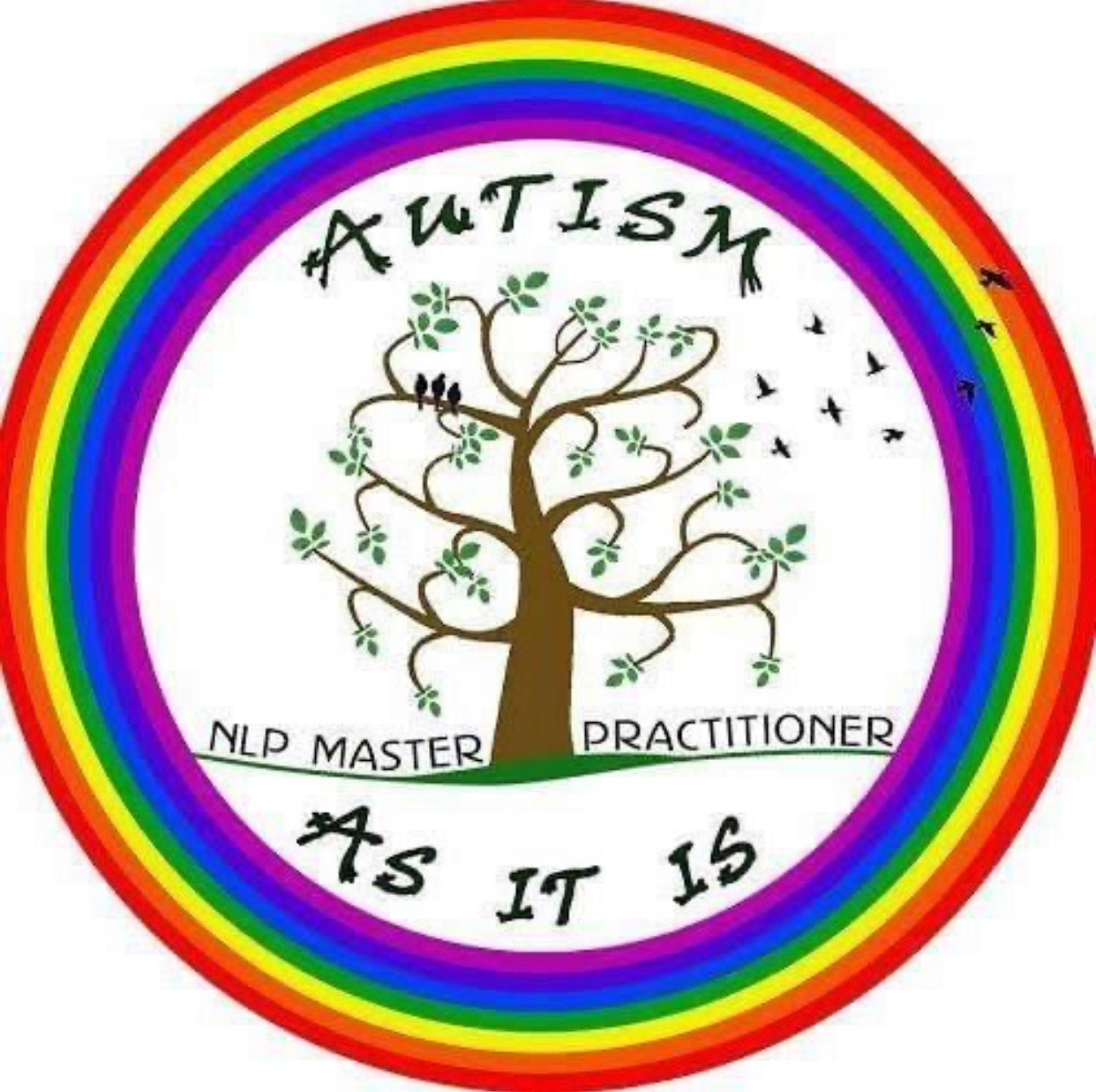Understanding Behaviours in Autism
Challenging or unusual behaviours in autistic individuals are often misunderstood. Yet these behaviours are rarely random. They are often a form of communication or a response to sensory, emotional, or cognitive overload, a trigger or fear. By understanding the reasons behind them, especially in light of the brain’s fight-or-flight or freeze response, we can offer support that is compassionate, effective, and empowering.
Why Behaviours Happen
Autistic individuals often experience the world in heightened or different ways. This includes how they process sensory input, handle social expectations, and manage change or unpredictability. When demands outweigh coping abilities, behaviours may arise to communicate distress, seek regulation, or attempt to regain a sense of control.
Some common reasons for behaviours include:
- Sensory Overload (light, noise, texture, chronic anxiety)
- Communication Difficulties (unable to express needs, desires verbally)
- Frustration from Unmet Needs and Understanding
- Anxiety or Fear of Unpredictable Situations
- Difficulty Understanding Social Rules
- Fatigue, Pain or Hunger
- Feeling Ignored, Rushed, or Unheard
Understanding the context of the behaviour is crucial. What happened before? What changed in the environment? What might the child or adult be trying to express?
Typical External Behaviours
While every individual is unique, there are some commonly observed behaviours that may appear across different settings. These include:
- Meltdowns – intense emotional or physical outbursts, often including screaming, crying, hitting or throwing
- Shutdowns – withdrawal, refusal to speak or move, avoiding eye contact, going inward
- Bolting or Running Away – especially from crowded, noisy, or overwhelming situations
- Aggression – towards others or self, which may stem from fear, pain, or lack of communication
- Repetitive Movements (Stimming) – such as hand flapping, rocking, spinning, jumping – which can help with self-regulation
- Vocalisations – including shouting, echolalia (repeating others’ words), or loud sounds – to manage internal state
- Oppositional or Controlling Behaviour – used to create predictability or gain control in a confusing world
- Avoidance or Refusal – of tasks, social situations, or transitions, which may be perceived as threatening
- Self-injurious Behaviour – such as head-banging, biting, or skin-picking – often in response to high anxiety or sensory overload
These are not “bad” behaviours but signs that the person is overwhelmed, distressed, or unable to meet the demands being placed on them at that time.
The Fight, Flight, or Freeze Response
Many behaviours in autism are rooted in the autonomic nervous system’s natural defence response to perceived danger. This is often referred to as:
- Fight – verbal outbursts, hitting, kicking, pushing
- Flight – running away, hiding, withdrawing
- Freeze – shutting down, going silent, appearing “not present”
For autistic individuals, what constitutes danger can include:
- Loud sounds
- Sudden changes
- Social demands or eye contact
- Unfamiliar environments
- Unpredictability
- Not Understanding whether what’s happening is safe
These are not conscious choices—they are physiological reactions to a system under stress. Once we view behaviours through this lens, our response can shift from control or discipline to understanding and support.
Supporting Through Behaviour
Rather than focusing on “stopping” the behaviour, the goal is to reduce the sensory overload by:
- Identifying Triggers: Observe patterns and keep a behaviour diary
- Offering Predictability: Use visuals, routines, and transitions
- Building Communication Tools: PECS, Makaton, AAC devices, or simple choice boards
- Creating Sensory-Friendly Spaces: Reduce overload and offer sensory tools
- Teaching Self-Regulation: Use social stories, breathing exercises, and movement breaks
- Responding Calmly: Model emotional regulation
Behaviour is Communication
Every behaviour tells a story. Behind every outburst, withdrawal or repetitive movement is a person doing their best to cope with a world that can often be overwhelming or confusing. When we tune in, rather than shut down the behaviour, we begin to truly listen.
Behaviour is not the problem. It is the clue.
A Holistic Approach
Using approaches like those in the Hanen Program, TEACCH, Intensive Interaction, NLP, Rhythmic Movement Therapy and Brain Gym® (Education Kinesiology), we can support individuals in personalised, respectful ways. We also integrate energy and sound therapies, mindfulness practices, EFT (tapping) and vibrational medicines for emotional and spiritual wellbeing.
Behaviour improves when we have tools to regulate ourselves, improve the environment, our ability to make connections and our way of communicating.
Let’s work together to make sense of the behaviour—and to meet the needs behind it.
